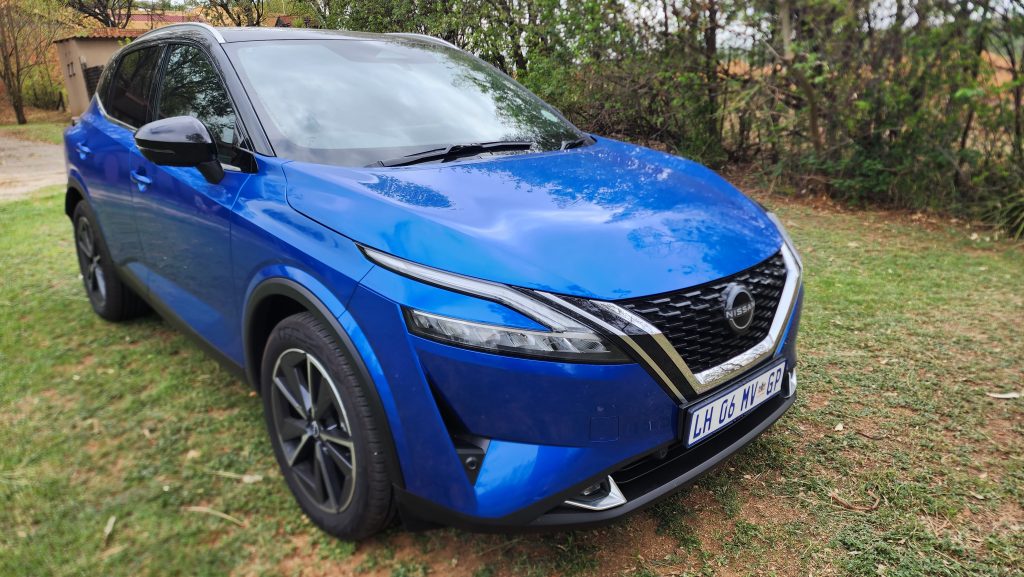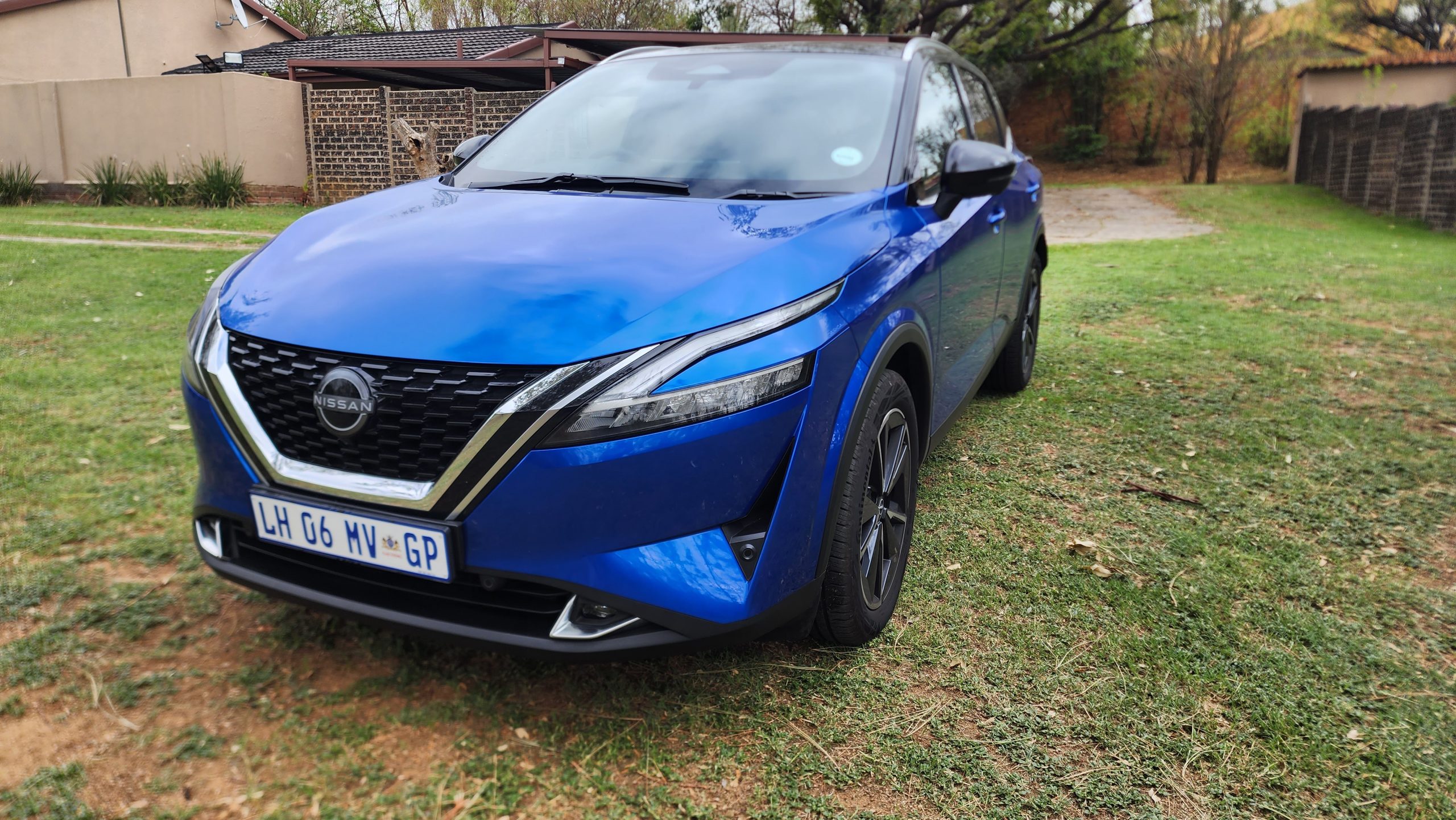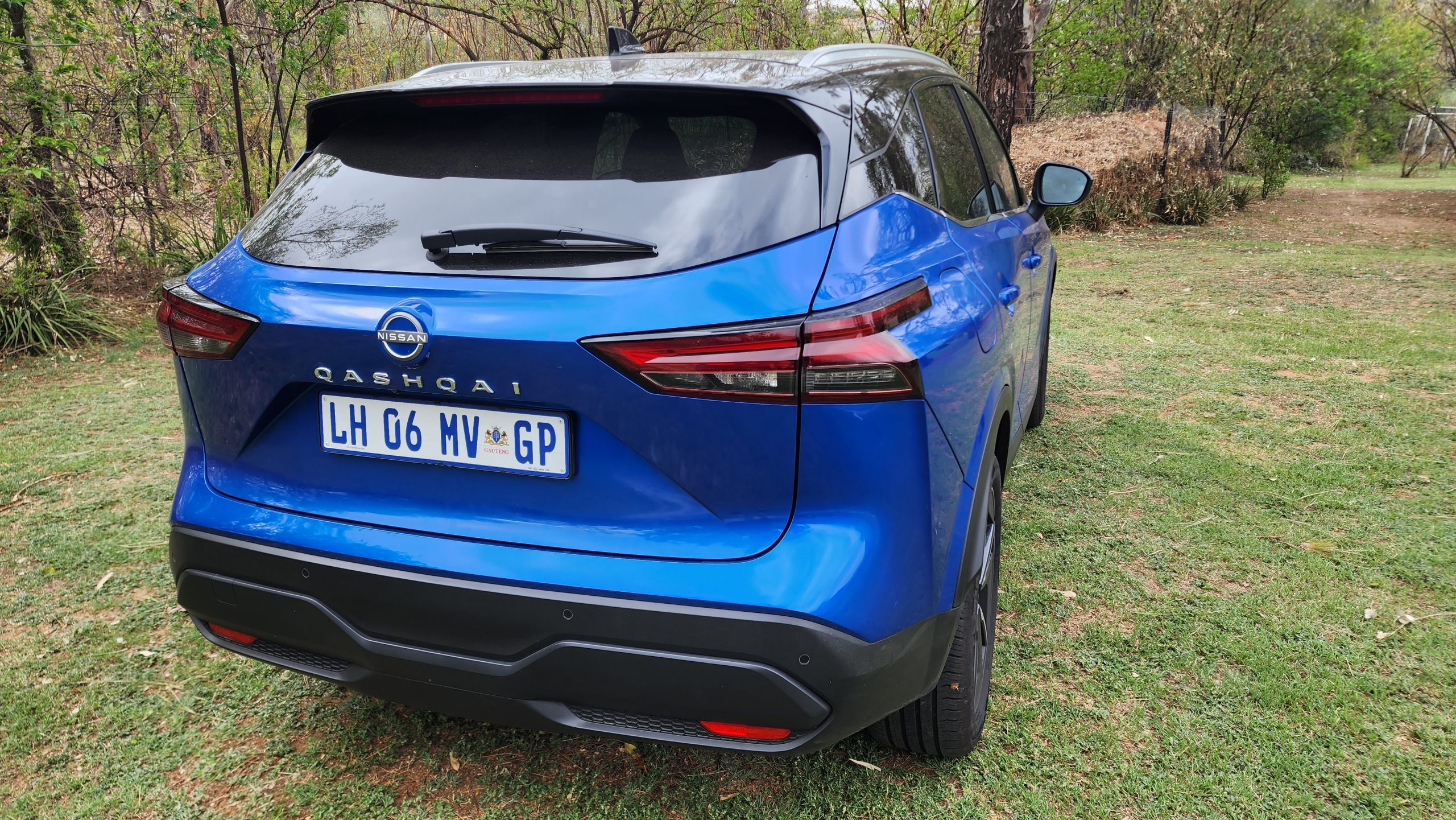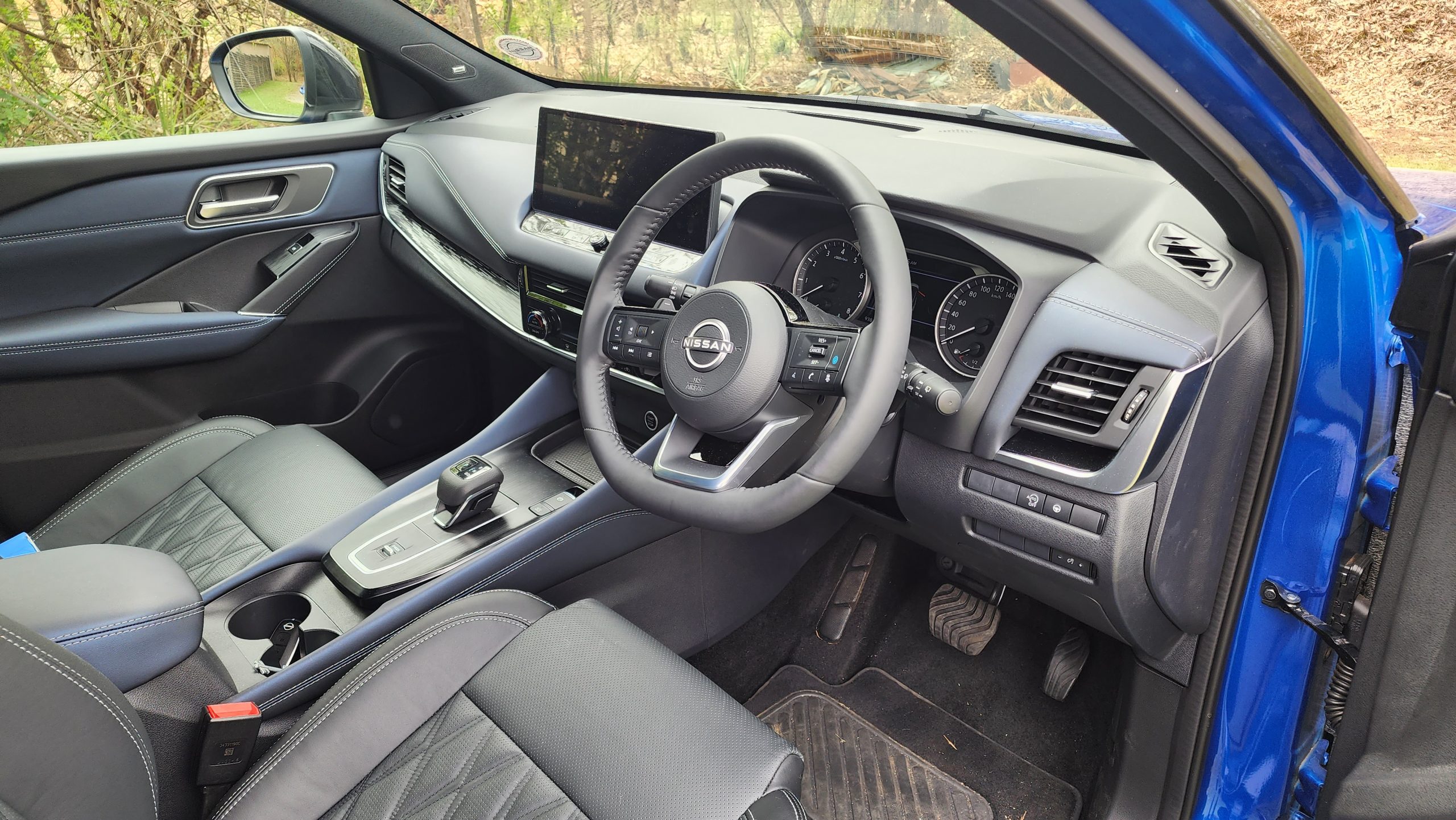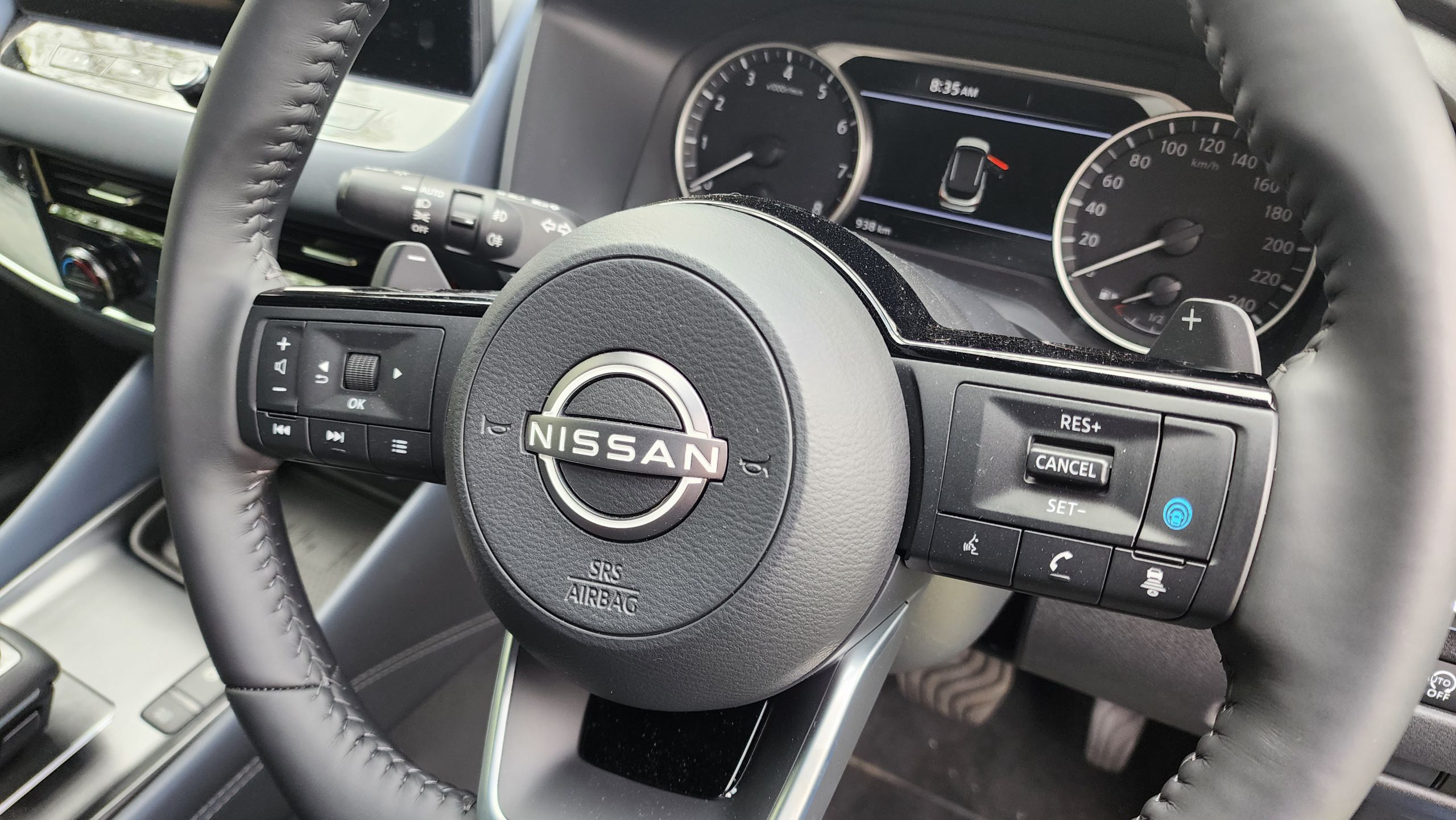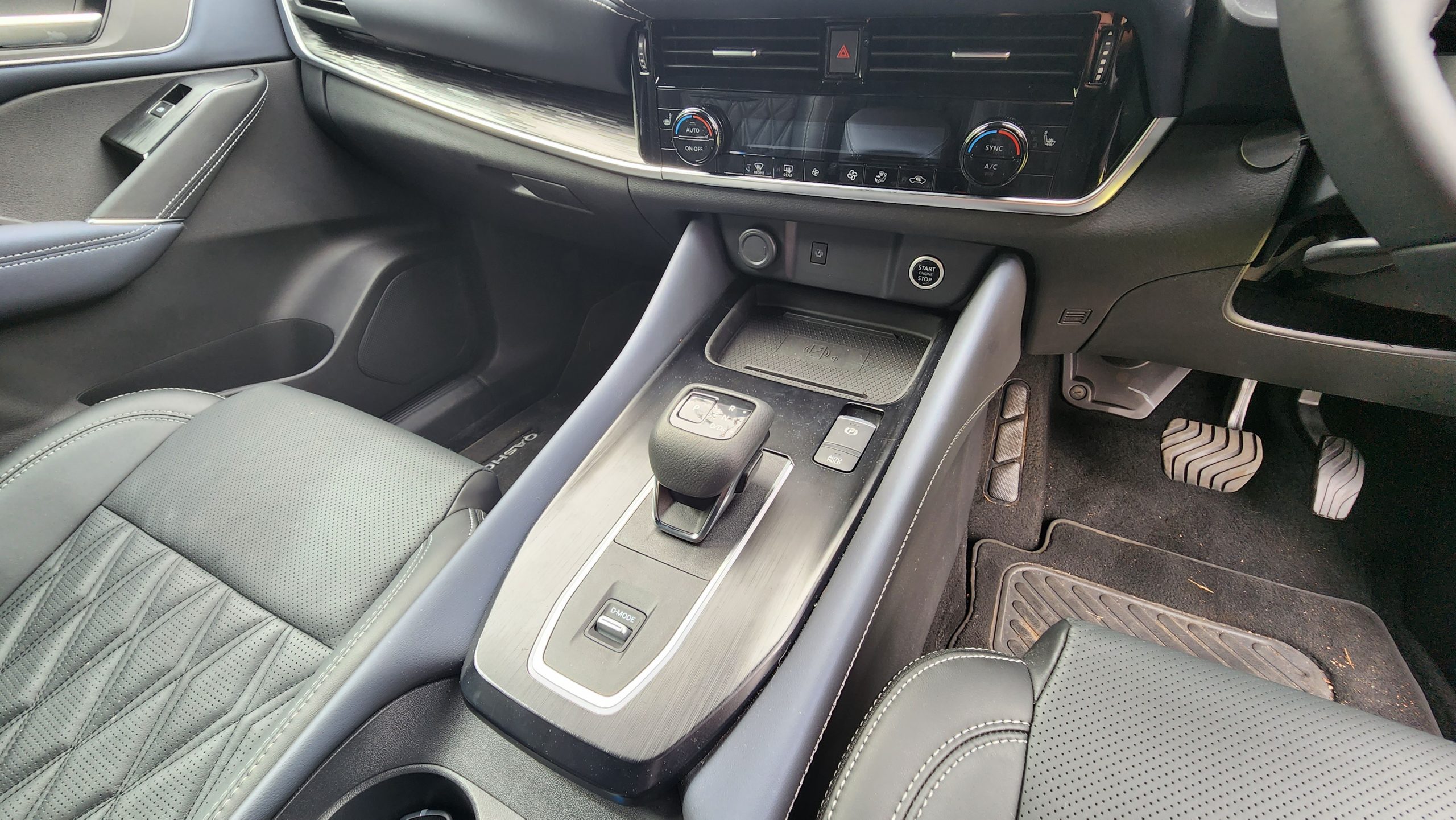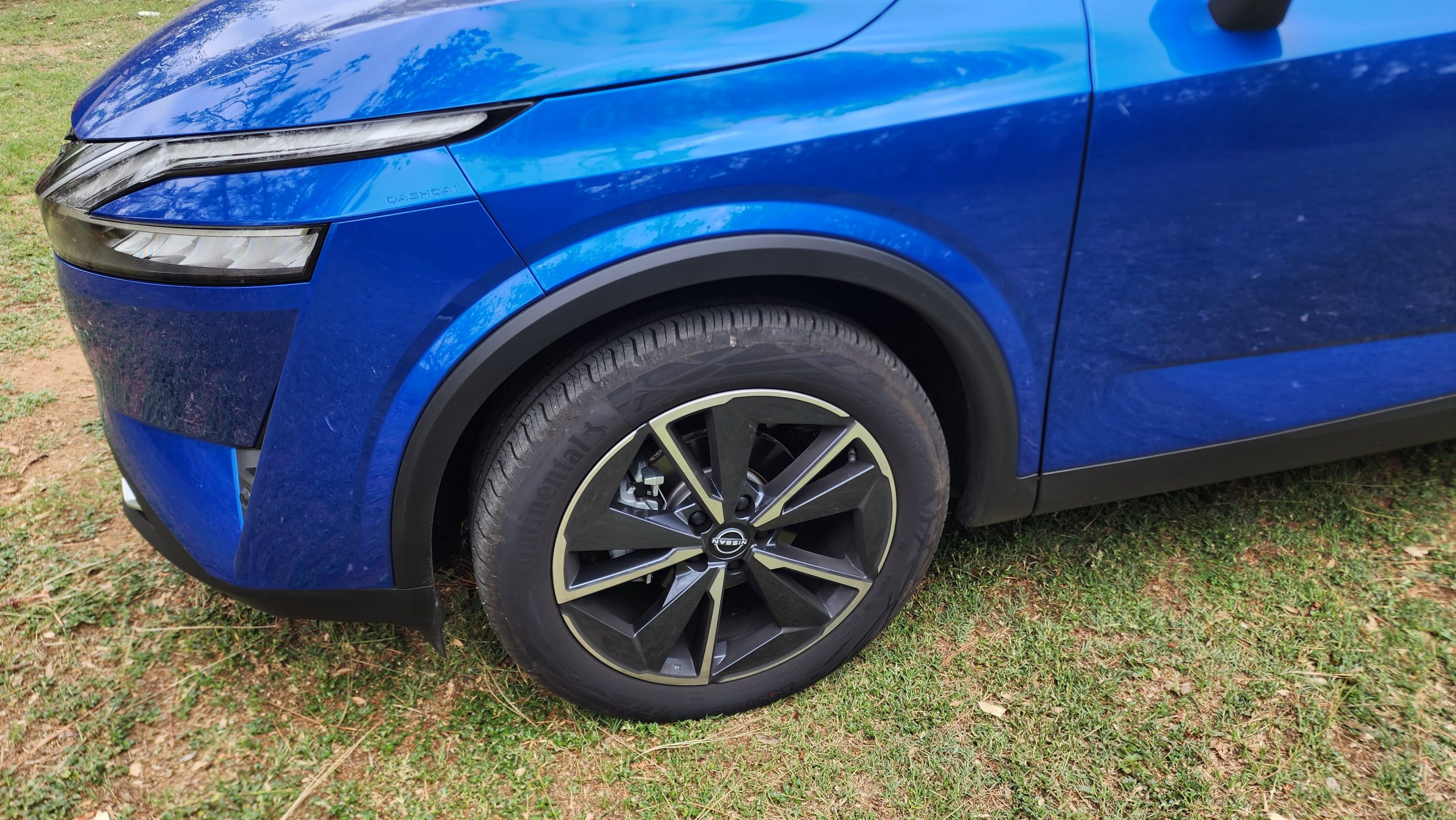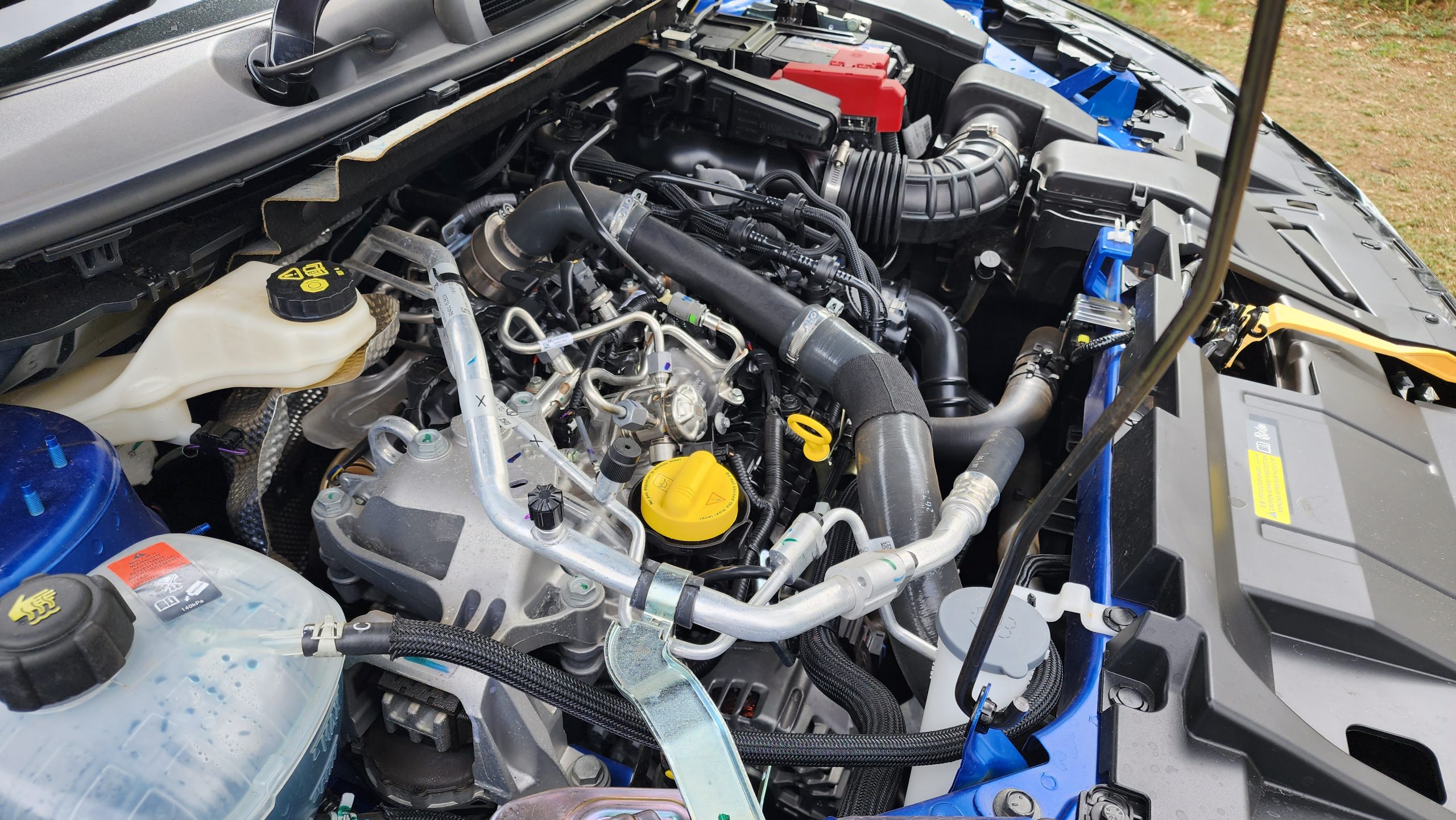There's competition out there for cars in the R670,000(ish) price bracket but Nissan's Qashqai presents several compelling reasons why you should buy one of these instead of something else. We're actually taken with the understated software that seems to pre-empt what you want the vehicle to do. The performance is great and it looks sporty enough that you won't feel any shame in the drop-off queue at school.
-
Design
-
Performance
-
Infotainment
-
Features
-
Value
Nissan might be keen on loads of EVs in the near future but as this year’s new Qashqai proves, the company has loads of petrol expertise that would go to waste. Stuff got to spend a little over a week behind the wheel on one of these SUVs. By the end of it, we were able to appreciate the obsession some folks have with the brand.
We don’t mean that you’ll somehow snag Nissan Skyline GT-R performance from what is a fairly modest family car but it’s easy to appreciate the level of engineering that the Japanese automaker ladles into its vehicles. Even small details are tightly refined to the point where they disappear from view unless you’re looking for them.
Big blue
Before we get there, let’s take a look at the stuff that everyone else gets to look at. You know, the exterior. The Qashqai follows similar design language to previous outings but there’s a sporty look to the front end that’s only enhanced by deeper cuts and vertical slashes. It’s only once you look at the vehicle broadside or from the rear that its SUV/family nature leaps out.
But don’t get too attached to the visual presentation here. The 2023 Qashqai starts at R568,00 but that’s for the very base model of the vehicle. Stuff did not get to test the very base model. We were sent the DIG-T 150 CVT Acenta Plus Xtronic CVT. The complicated designator means that it’s Nissan’s top-spec model but the two-tone Magnetic Blue/Pearl Black paint job should be the major giveaway. This one starts somewhere around the R670,000 mark, which suits us. This one’s also got all of the best tech. Visually, though, the overall exterior design doesn’t vary much between options.
Standing still
We’ll mention the external features in brief but they’re sufficiently impressive to warrant some attention. This model is fitted with 19in rims, though they can be as ‘small’ as 17in. There are a couple of exterior trim options if you’re pedantic about how your ride looks and the dynamic LED headlights are capable of automatically shifting position as needed. It’s one of those quality-of-life features Nissan seems to do extremely well. They function so well that you’re barely aware that they function at all.
This spills over to the Qashqai’s in-vehicle tech. If you’re looking for a complicated operating system and almost smartphone-like functionality, you’ll be disappointed. It was surprising how much of the central 12.3in LCD’s control relies on physical buttons. Oh, you can tap on the touchscreen but there’s not much depth to the menus and you can get similar navigation from the strip at the bottom of the screen. That said, it hits all the notes it should.
Connecting a smartphone is simple as can be (why more drivers don’t do it is a mystery to us) and the subsequent functionality is smart and intuitive. Playing media is either automatic or activated by a couple of quick taps. The audio is piped (in this particular Qashqai) through ten Bose speakers. The effect is rather lovely. When an incoming message or call comes in, it’s possible to answer, reject, or send a brief ‘I’m driving’ message from the comfortable steering wheel. It uses its own GPS which is minimalist, slick, and lacking in traffic data. Still, navigation is anything but a pain. Part of this might be the actual driving.
Road worrier
Nissan’s Qashqai doesn’t only look sporty up front. We’re not sure many companies go to the trouble of making their engine bays look as attractive as Nissan does. Even if you don’t know a damned thing about the 1.3-litre four-cylinder sitting up front, it’s worth popping the hood just to stare at it. Out of the box, at least, it’s an impressive sight.
It’s even more impressive when it’s under your foot, of course. There are three modes while driving. Eco, which we found deactivated every time we turned the car off, is the obvious fuel-saver. In return, you promise to be okay with a slugging pull-off and similar performance on slopes. Standard was the winner, at least in our eyes. A great blend of performance and economy, it allowed for some rapid acceleration in traffic but also offered plenty of control at lower speeds.
The sport mode allows the engine to get a little growly, if a 1.3-litre can be described in that way. It’s for more aggressive driving, upping the Qashqai’s responsiveness to your every command. Unfortunately, we reckon it’d be simple to slingshot yourself into the car in front of you if you’re not paying attention.
There are features in place to mitigate this. Sensors and cameras surround the exterior. Parking is a dream, provided you don’t manually fold the mirrors (and the cameras on them) down by accident. Lane-assist keeps you in your own, and there are blind-spot sensors and a warning notification that seems to become more sensitive if you’ve got your indicator on. Nissan’s ProPilot is also integrated but you’ll only rarely know that it’s working. Unless you sometimes drive like a muppet and the system has to maintain your follow distance or warn you that you’re being a Kermit. Then you’ll know that ProPilot is there.
Nissan Qashqai (2023) verdict
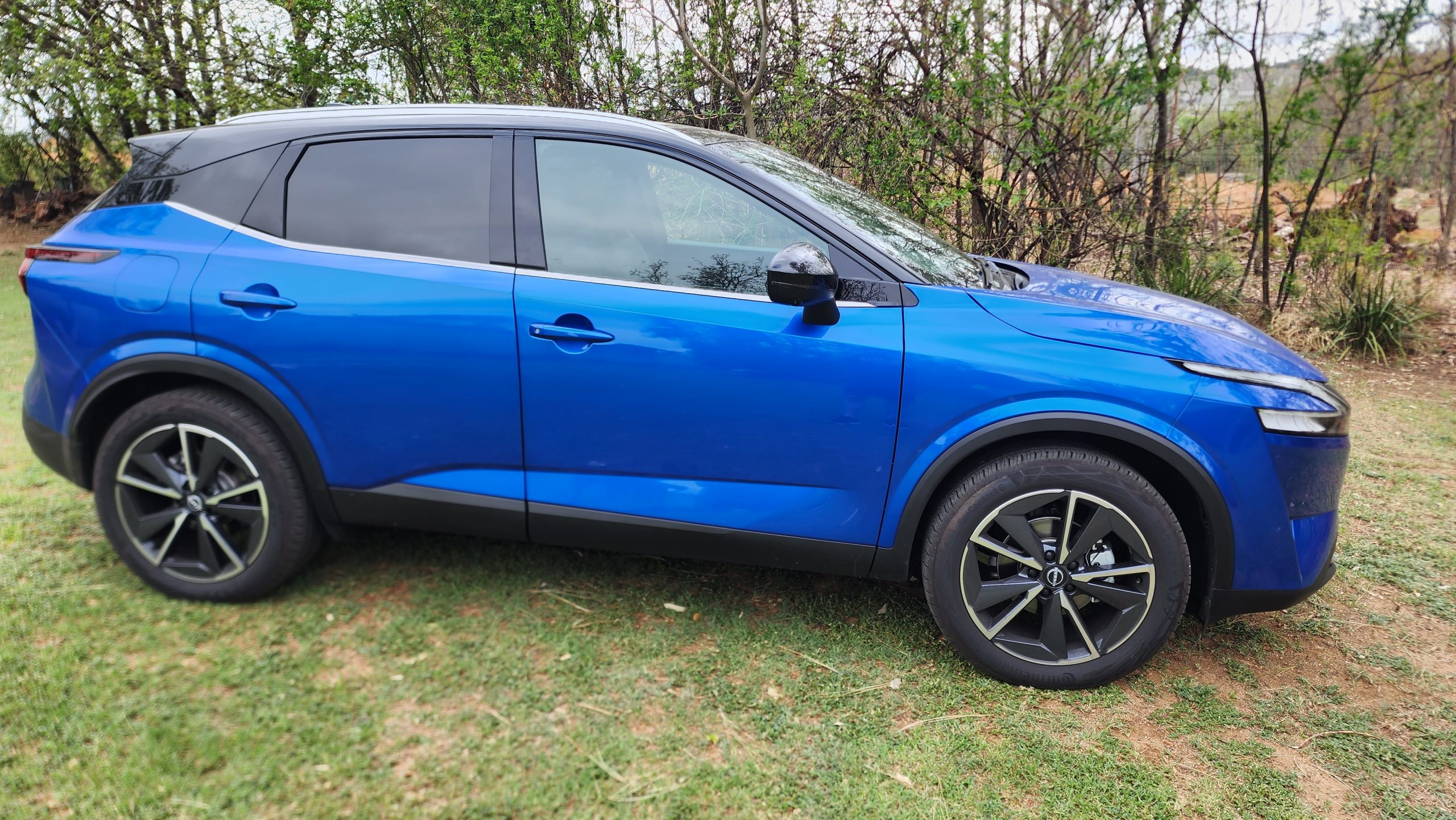 The Qashqai is a family car. The spacious interior, the comfortable seats, the fixtures and fittings, and the overall design all point in that direction. But when Dad is out on the road by himself, it’s possible to get a little silly thanks to the sportier mode built into the dashboard. The tech is extensive, right down to an adjustable lumbar region and back massage function, but it’s also unobtrusive. Just because it’s all there – and it is all there – doesn’t mean that the Qashqai has to hit you over the head with it every time you start it up. And then there’s the engine bay…
The Qashqai is a family car. The spacious interior, the comfortable seats, the fixtures and fittings, and the overall design all point in that direction. But when Dad is out on the road by himself, it’s possible to get a little silly thanks to the sportier mode built into the dashboard. The tech is extensive, right down to an adjustable lumbar region and back massage function, but it’s also unobtrusive. Just because it’s all there – and it is all there – doesn’t mean that the Qashqai has to hit you over the head with it every time you start it up. And then there’s the engine bay…

